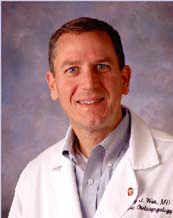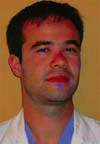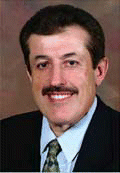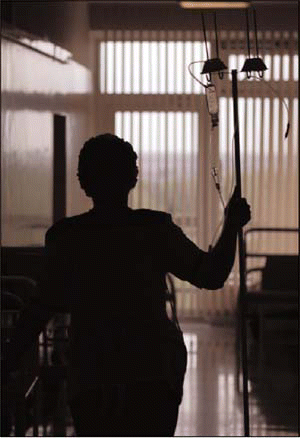Part 1 of a series

Antibiotics for Sinusitis: To Use or Not to Use?

Medical Simulation: Limited Funding Limits the Possibilities: Part 2 of 2 articles
At first glance, the Otolaryngology Surgery Simulation Center at Montefiore Medical Center in New York resembles a traditional temporal bone dissection lab.
Eosinophils Are the Villains in Sinus Inflammation
Eosinophils are the bane of nasal mucosa, and no one knows better than Fredrick A. Kuhn, MD, of the Georgia Nasal and Sinus Institute in Savannah, GA-a region where it is not uncommon for otolaryngologists to see patients presenting with polyps.
Intraoperative Volume CT Demonstrates Appeal, but Questions Remain
Intraoperative volume CT is showing promise as a tool to help with complex endoscopic sinonasal and skull base procedures.

Nose News: Sleep-Disordered Breathing, Middle Meatal Stents
Just how much of the nose plays a role in sleep-disordered breathing should probably get a bit more attention.

Patient Selection, Counseling Can Prevent FESS Failures, Disappointments
The success of functional endoscopic sinus surgery (FESS) often depends on patient selection and expectations, according to several experts.

Current Controversies in Rhinologic Surgery
The modified Lothrop procedure is becoming the standard method for treating severe frontal sinus disease, but the osteoplastic frontal sinusotomy still has a role.

Socioeconomic Disparities in Otolaryngology: No Easy Explanations, No Easy Answers
Report from the Society of University Otolaryngologists
- « Previous Page
- 1
- …
- 25
- 26
- 27
- 28
- 29
- …
- 31
- Next Page »